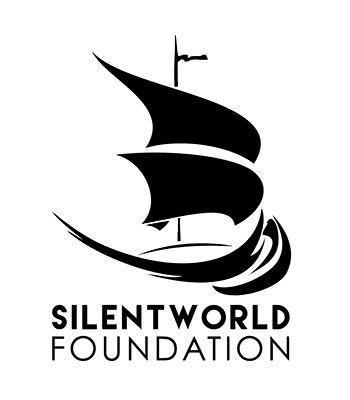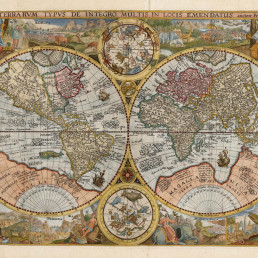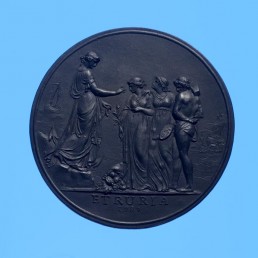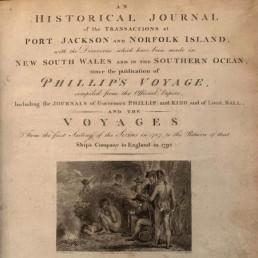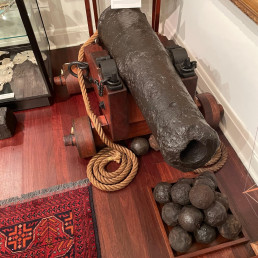
Name/TitleBotany Bay: A moral and physical thermometer – Illustration
About this objectEarly nineteenth‑century broadside illustrating the perils of alcoholism.
While the top half of the sheet displays the “benefits” of sobriety and moderation, the lower half is a how to warning guide of the vices of alcohol and crime a step by step descent which ends in the suffering and humiliation of transportation to Botany Bay. The last depicts four wretched convicts being ordered to enter a boat by a burly officer with drawn sword. A transport with sails furled awaits its unhappy cargo.
As the engraved caption at the foot of this broadside indicates, this message of temperance derives from the work of two prominent and fashionable London physicians, John Abernethy (1764-1831) and John Coakley Lettsom (1744-1815). Both doctors were extraordinary men, renowned for their warmth, humanity and charisma; likewise, both enjoyed a wide circle of acquaintances with the best and brightest of London’s intellectual elite. Lettsom enjoyed the friendship of pre-eminent philanthropists including Benjamin Franklin and the prison reformer John Howard. Lettsom worked with tireless enthusiasm on a wide variety of projects during this lifetime, from beekeeping and horticulture to prison reform, all with a view to improving the common lot of humanity in keeping with the teachings of the Quaker congregation. Interestingly, Lettsom used his considerable personal fortune and income as a physician to help the poor of London, including the treatment of alcoholism and the promotion of temperance. Indeed, his generosity almost brought financial ruin, as towards the end of his days Lettsom was forced to sell his magnificent house and botanical garden at Grove Hill outside London to stave off bankruptcy.
Lettsom had an enduring fascination with Australia and discoveries in the South Seas. He owned a collection of weapons and curios from the Pacific islands and contributed a short preface and edited the famous revised and expanded second edition of Sydney Parkinson’s A Journal of a Voyage to the South Seas (1784). This ‘Moral and Physical Thermometer’ was first published in 1780 as a much simpler letterpress sheet, rather than the engaging cartoon style of the present sheet.
The publisher Samuel Knight was known for working with George Cruikshank, but the present sheet is signed “Williams”.
MakerSamuel Knight - Artist
Maker RoleArtist
Date Made1827
Period19th century
Medium and MaterialsPaper, ink
Object TypeCartoons
Object numberSF000781
Copyright Licence![]() Attribution - Non-commercial - No Derivatives (cc)
Attribution - Non-commercial - No Derivatives (cc)
Explore by category
Maps and Charts
Date range: 1541-1836
Ship Models
Date range: 1629-1890
Maritime Paintings
Date range: 1793-1849
Manuscripts and Ephemera
Date range: 1768-c1850
Medallions & Convict Tokens
Date range: 1619-1880
Landscapes
Date range: 1768-c1850
Books
Date range: 1694-c1850
Currency and Shares
Date range: 1624-1823
Printed Material
Date range: 1541-1836
Maritime Archaeology
Date range: 1629-1854
Curator's corner
New acquisitions, staff favourites and curios
The mug is decorated with an underglaze and a blue transfer print. On the body, it is titled ‘Emigrants to Australia’. This type of body and glaze was discontinued by 1840. Comparison of the handle shape and the profile of the foot, point to the attribution of manufacture by the Davenport Factory.
Delta was a ship-rigged vessel with two decks and three masts. It was built in Dordrecht, Netherlands in 1839 at the shipyard of Jan Schouten and registered in the same port. Its hull was constructed of oak and sheathed in ‘yellow metal’. Delta was owned by H. van der Sande at the time of its loss and was engaged as a cargo trader.
The Delta carried 29 crew and passengers, while sailing from Melbourne to Batavia in ballast when wrecked at Kenn Reefs on 30 May 1854 whilst under the command of Captain J.G. Kunst. This vessel loss supports the pattern of shipwrecks located on a well-travelled shipping route that was poorly charted until the mid-nineteenth century. The crew of the Delta could see four other shipwrecks at Kenn Reefs at the time of their vessel’s loss.
Important image of a ship associated with Matthew Flinders, that would shortly become one of the most famous early shipwrecks in eastern Australian waters. This is a fine ship’s portrait, by one of the great exponents of the art
